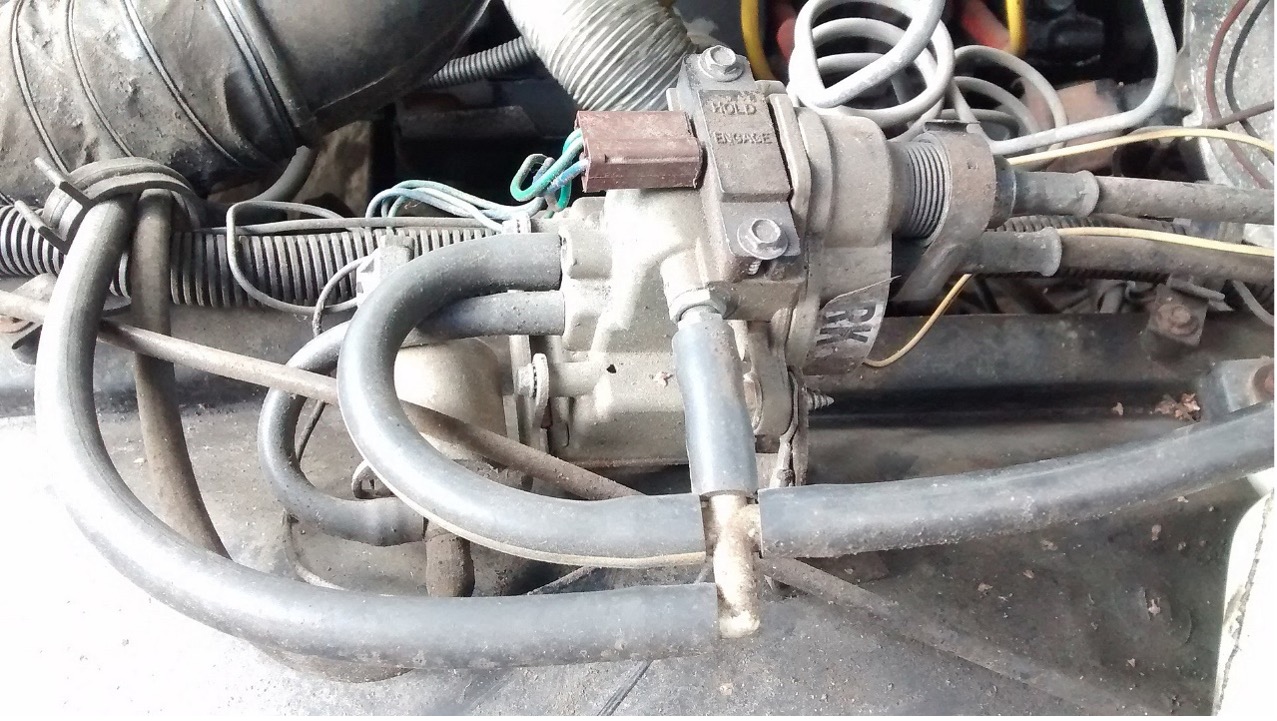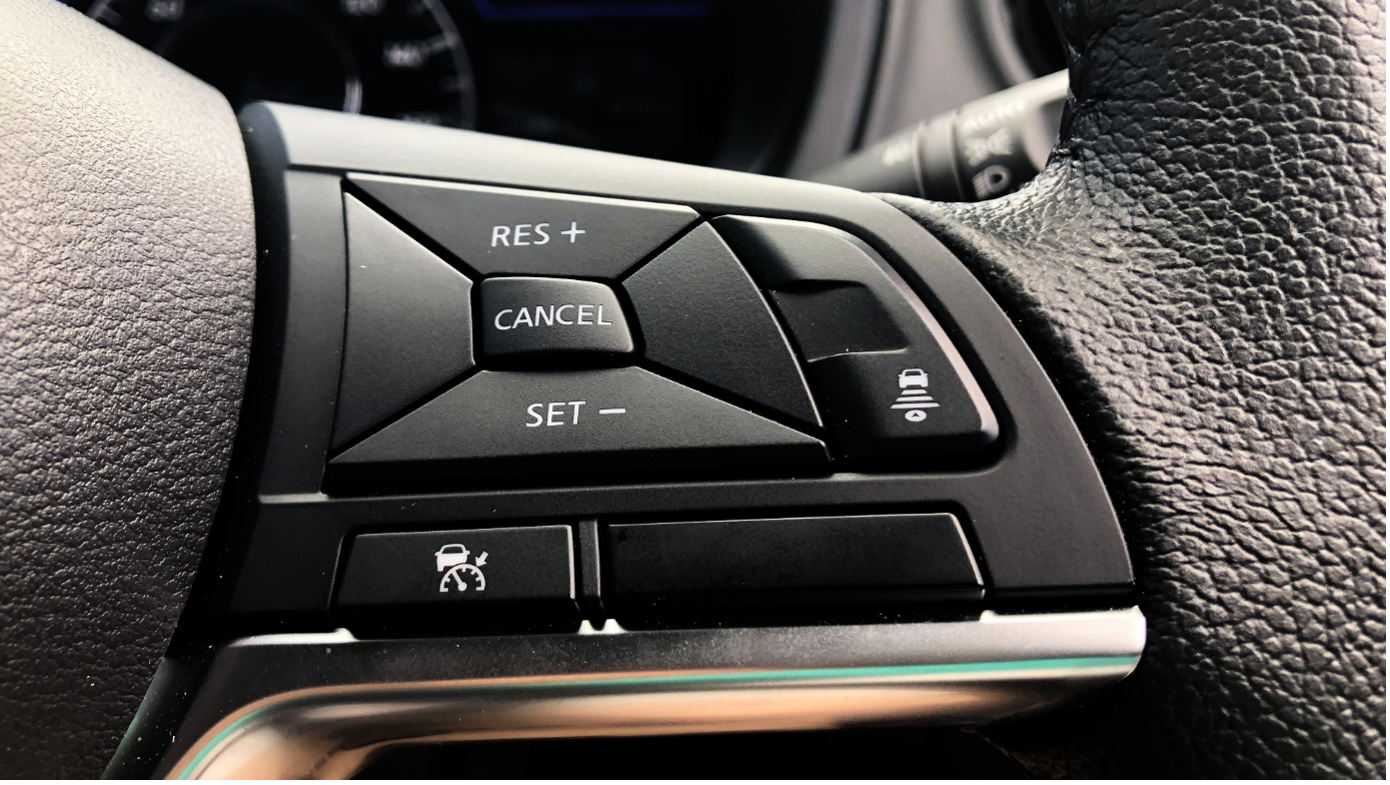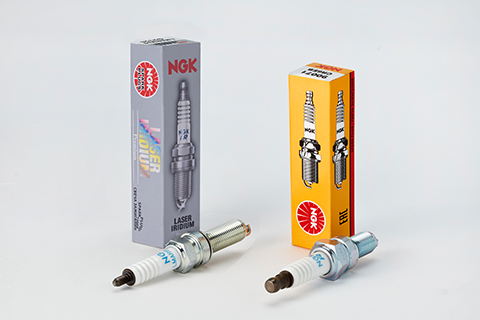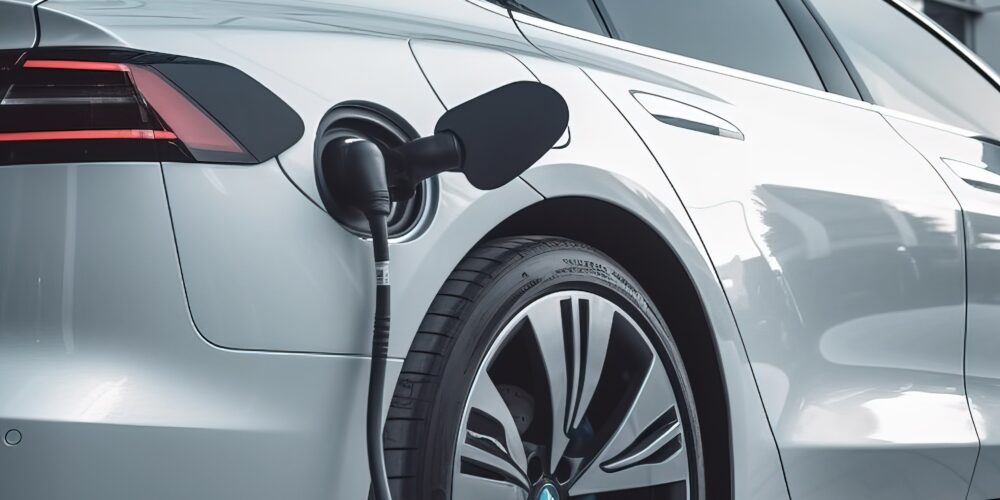Constant speed development of cruise control
Cruise control is almost integrated in all passenger cars now, very few new vehicles don’t receive this device. Cruise control is currently an element of driver assistance systems (ADAS) but it can be considered as one of the oldest inventions among them.
In this article, we will present the development history of this feature mentioned above and it’s current knowledge too.
Historical overview
It is hard to believe but speed control is almost as old as driving. The forerunner of the device already existed in the early 1900s in cars such as the Wilson-Pilcher.
This solution of early stage was no more than a lever on the steering column that could be used to adjust the speed that the engine would keep. In 1908, this was developed later in the Peerless, which included a regulator to maintain engine speed using an extra throttle on the handlebars.
The first version of the modern cruise control which still exists today was invented by blind inventor and mechanical engineer Ralph Teetor in 1948. The invention was created out of Teetor’s indignation, because he was not satisfied with his driver because the guy kept speeding up and slowing down while talking.
An even more significant factor in the development of cruise control was the 35 mph (56 km/h) speed limit introduced in the United States during World War II to reduce gasoline use and tyre wear.
The driver-controlled mechanism resisted further pressure from the accelerator pedal when the vehicle reached the desired speed.
Teetor’s idea of a dashboard speed selector with a mechanism connected to the drive shaft and a device capable of pressing the gas pedal was patented in 1950. It added a cruise control feature that kept the car’s speed until the driver stepped on the brake pedal or turned off the system.
The first car equipped with Teetor’s “speedostat” system was the 1958 Chrysler Imperial (it was called “auto-pilot”), which used a speed control dial on the dashboard. This system calculated ground speed based on the rotating speedometer and used an electric motor to change the position of the throttle as needed. Cadillac soon renamed and marketed the device as “tempomat”.

Cruise control button on a 1967 AMC Ambassador (source: www.wikipedia.org)
In 1965, American Motors Corporation (AMC) introduced a low-cost automatic cruise control for its large automatic transmission cars. The so-called AMC “cruise command” unit was started with a push button when the desired speed was reached and then automatically set the throttle position via vacuum control from the speedometer cable, not with the adjustable control on the dash.
Due to the oil crisis of 1973 and rising fuel prices, the device became more popular – not only in the USA but all over the world.
In the late 1980s, Motorola finally commercialized an integrated circuit for Wisner’s electronic cruise control automation as the MC14460 Automotive Cruise Control Processor in CMOS. The advantage of electronic speed control over its mechanical predecessor was that it could be integrated with electronic crash protection and engine control systems.
Operation
The driver must manually accelerate the vehicle and use a button to adjust the cruise control to the current speed.
Cruise control receives the speed signal from the rotating drive shaft, speedometer cable, wheel speed sensor, engine speed or from electronically, vehicle-generated internal speed pulses. Most systems do not allow you to use cruise control below a certain speed – typically around 40 or 48 km/h. The vehicle keeps the desired speed by pulling the throttle cable with solenoid, with vacuum-driven servomechanics or by using the vehicle’s on-board (fully electronic) systems when using a drive-by-wire system.
All cruise control systems must be able to disengage automatically when the driver presses the brake, and often the clutch. Cruise control often includes a memory function that restores the set speed after braking and a coasting function that reduces the set speed without braking. When cruise control is engaged, the throttle can still be used to accelerate the car, but when the pedal is released, the car slows down until it reaches the previously set speed.

Cruise control unit (source: www.wikipedia.org)
On the latest vehicles equipped with electronic throttle control, cruise control can be integrated into the vehicle’s engine management system. Modern “adaptive” systems include automatic reduction of speed if the distance from the car in front or the speed limit decreases.
Some vehicles’ cruise control systems include a “speed limiter” function that prevents the vehicle from accelerating above a preset maximum; this can usually be overridden by fully pressing the accelerator pedal. (Most systems prevent the vehicle from increasing the rpm of engine to accelerate above the selected speed, but they do not brake down in case of overspeeding or they do not prevent the car from going faster than the selected speed if the engine is only idling.)
On vehicles with a manual transmission, cruise control is less flexible, as pressing the clutch pedal and shifting gears usually disengages the cruise control. The “resume” function must be used every time after selecting a new gear and releasing the clutch. That’s why cruise control is most useful on highways/freeways when you’re practically always in top gear. There is no such problem with the speed limiter function.
Present: adaptive cruise control
Nowadays, many vehicles are equipped with adaptive cruise control (ACC), which is a general term for advanced cruise control. These improvements can be automatic braking or dynamic set speed controls.
Auto braking type: the auto braking type uses a single sensor or a combination of sensors (radar, lidar and camera) to keep the vehicle in line with the car being followed, slows down when it approaches the vehicle in front and accelerates again to a preset speed, if traffic permits. Some systems also have forward collision warning systems that warn the driver if the vehicle in front is getting too close (within a preset traveling or stopping distance) due to the speed of both vehicles.

Adaptive cruise control (ACC) button on the steering wheel of a Nissan Note (source: www.wikipedia.org)
Dynamic set speed type: Dynamic set speed uses the GPS position of speed limit signs from a database.
Non-braking type: The speed can be adjusted to slow the traffic.
Dynamic radar cruise control: uses a camera and radar to maintain a defined distance from vehicles in front of the car; the system automatically slows down or accelerates based on the movement of vehicles in front. The system does not detect completely stationary vehicles or pedestrians unless it is equipped with a camera system, so the driver must always be watchful. Vehicles equipped with adaptive cruise control are classified as Level 1 autonomous cars according to the definition of SAE International.









